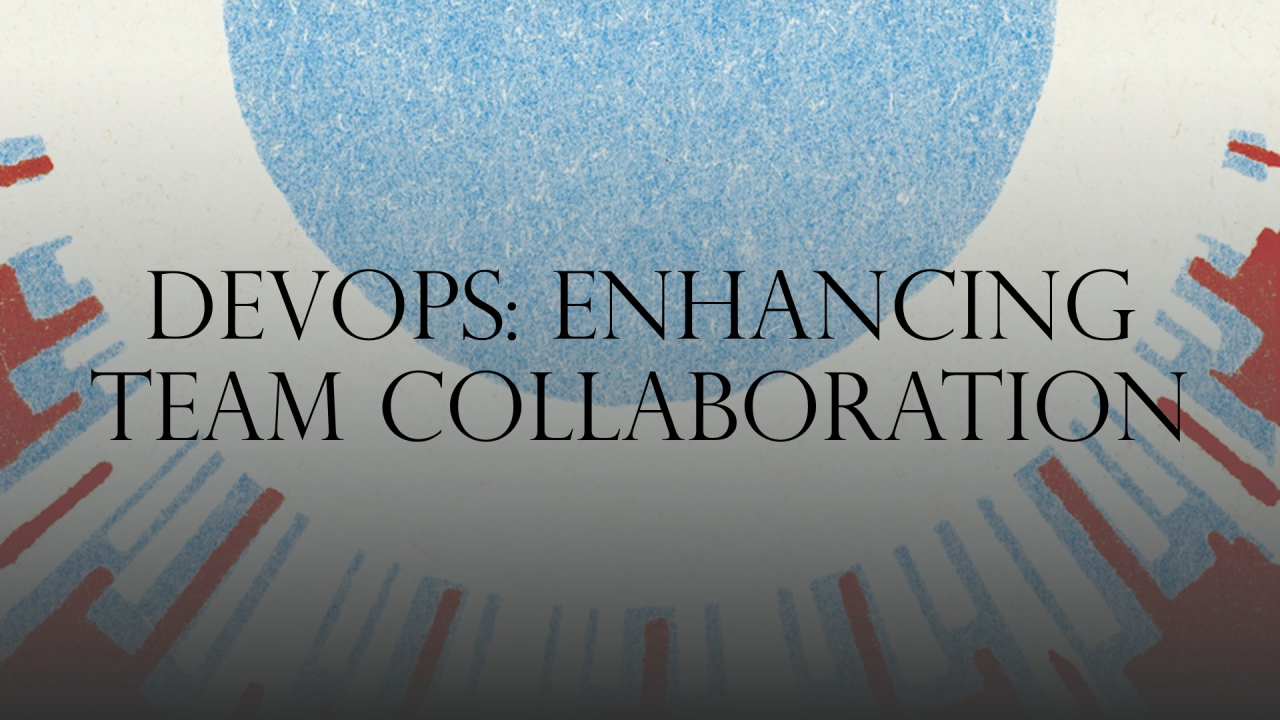
How DevOps Enhances Collaboration Between Development and Operations Teams
In an era where innovation drives business success, one key factor stands out: effective teamwork between development and operations teams. DevOps bridges this gap, creating a collaborative environment that helps teams move from concept to delivery with speed and precision. DevOps—a blend of "development" and "operations"—is designed to bring these two traditionally separate departments together, promoting a culture of collaboration, faster innovation, and smoother workflows. Here’s a closer look at how DevOps strengthens collaboration and drives greater efficiency in software delivery.
1. Breaking Down Silos
One of the main challenges many companies face is the "silo mentality" where departments work in isolation. DevOps eliminates these barriers by encouraging cross-functional teamwork. Developers and operations staff collaborate from the initial planning phase through to deployment, testing, and maintenance. This shared responsibility ensures everyone works towards common goals, breaking down silos and fostering a team-oriented environment.
2. Streamlining Communication
With DevOps practices, development and operations teams work closely together on shared tools and platforms, improving transparency and communication. Whether through daily stand-up meetings, shared dashboards, or real-time monitoring tools, teams stay in sync on all aspects of the project. This streamlined communication not only prevents misunderstandings but also speeds up issue resolution.
3. Accelerating Deployment and Response Times
Traditional development processes can be slow, with teams waiting for approvals or hand-offs between departments. DevOps, however, focuses on automation, allowing teams to continuously integrate and deliver code changes. This agile workflow helps companies quickly adapt to customer feedback and deploy updates. By minimizing delays, DevOps enhances productivity, enabling teams to deliver new features faster and respond swiftly to market demands.
领英推荐
4. Implementing Continuous Feedback Loops
Feedback is essential for any project’s success, and DevOps embeds continuous feedback mechanisms throughout the development lifecycle. Teams use monitoring and logging tools to track performance and identify areas for improvement in real time. This data-driven approach enables teams to address issues proactively, refine their processes, and enhance the overall quality of software delivery.
5. Promoting a Culture of Accountability
In a DevOps environment, both development and operations teams share accountability for the entire project lifecycle. By jointly overseeing the product’s progress from start to finish, teams foster a sense of responsibility and ownership. This culture shift reduces blame-shifting and encourages everyone to focus on solutions, ultimately resulting in more reliable and robust software.
Conclusion
The collaborative environment fostered by DevOps is transforming the way companies develop, test, and deploy software. By bringing development and operations teams together, DevOps not only improves efficiency but also enhances product quality and customer satisfaction. Embracing DevOps isn’t just a technical choice—it’s a strategic decision that aligns with the goals of growth and innovation.